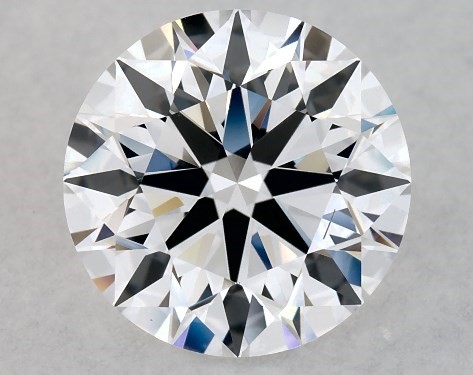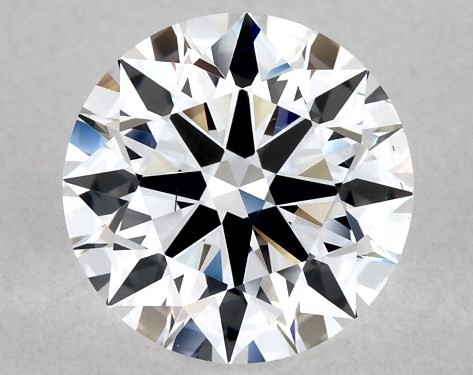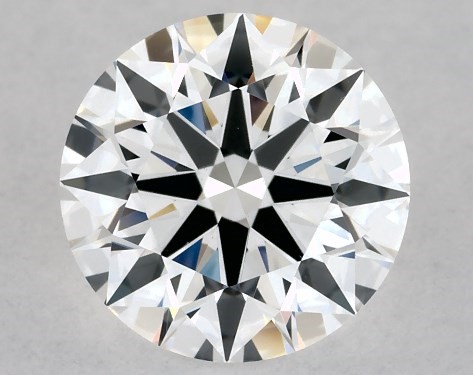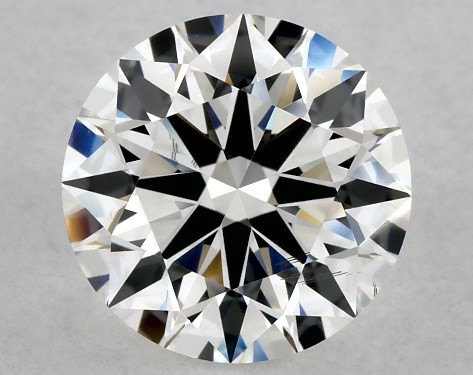doubledogdare
Rough_Rock
- Joined
- Sep 27, 2021
- Messages
- 11
Hi! I'm picking out a diamond for an engagement ring and really want to get this right. Preference for a hearts and arrows cut in the 1.5 to 2 carat range. I've been offered this diamond - I haven't see it in person yet. It's IGI LG467154400. I've looked up the certificate online - is there a way to find a video of it?
Is there anything I should specifically look for when seeing it? Are the specs good? I'm kind of relying on the hearts and arrows designation to ensure the cut is optimum but maybe that's not the correct approach. I'm open to other suggestions (must be able to ship to Canada).
Is there anything I should specifically look for when seeing it? Are the specs good? I'm kind of relying on the hearts and arrows designation to ensure the cut is optimum but maybe that's not the correct approach. I'm open to other suggestions (must be able to ship to Canada).








300x240.png)